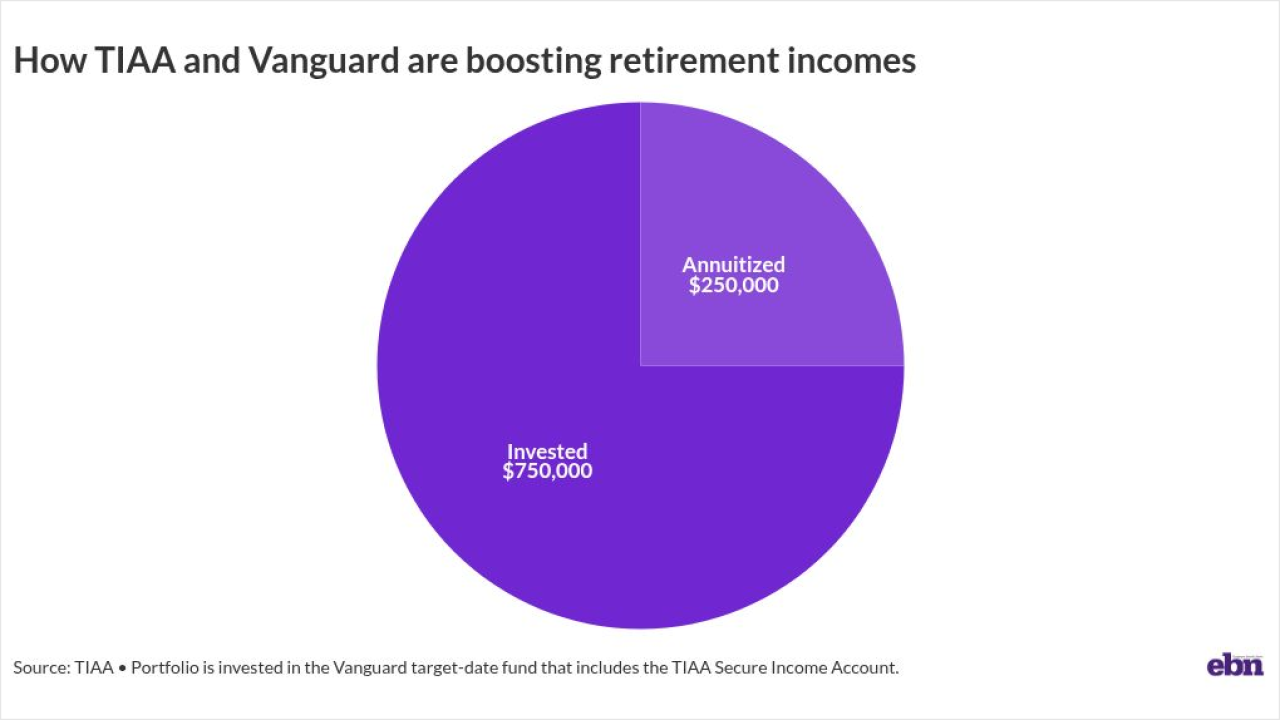For some employees, the pandemic has been a blow to their professional success. But for disabled workers, the past year has created new opportunities that have helped them kick start their careers.
In wake of record breaking layoffs and unemployment, the labor force is still suffering from a nation-wide labor shortage. As the need to fill open positions continues to grow, companies are broadening their recruiting criteria — a trend that may inadvertently begin creating more jobs for
“HR professionals have pulled out all the stops to attract talent,” says Diane Winiarski from Allsup Employment Services, a provider of return to work services. “And we have an extremely motivated and qualified population that truly remains uncapped.”
Read more:
In 2020, the unemployment rate for disabled workers was 12.6%, according to the Bureau of Labor Statistics — nearly double the unemployment rate of those without disabilities at 7.9%. The discrepancy is most commonly attributed to discrimination in the hiring process and a lack of accomodations. The pandemic brought about a complete shift to remote work, a move that benefited many disabled workers, including a large number within Allsup’s network, according to Winiarski.
“COVID-19 completely changed how you approach a return to work,” she says. “During the pandemic, many employers could make new cost accommodations such as flexible work hours and work from home arrangements.”
Pre-pandemic, employers had no idea how productive a WFH employee base could be, according to Winiarski, a variable that kept many employers from taking the plunge with disabled workers who needed the flexibility. Moving forward into post-pandemic planning, many companies have seen an uptick in productivity and plan to keep remote positions as part of their
Read more:
Although the adoption of more remote positions will prove to be helpful, the possibilities don’t end there. With more and more employees
At Allsup, Winiarski has seen a lot of success with beneficiaries who actually wanted on-site placement — nearly equal to that of remote placements.
Factoring disabled workers into hiring is not just a short-term solution to the labor shortage, either. Companies who have a diverse workforce are more likely to retain the talent when they hire, which in turn leads to better job satisfaction and less time and more money devoted to recruitment and an increase in productivity, Winiarski says.
Read more:
Only time will tell if the “new normal” will play a significant role in
“If [companies] create a diverse and inclusive workforce, it'll keep their business now and in the future,” Winiarski says. “It will not only be beneficial and practical for their company, it's also an essential part of the modern workforce.”






